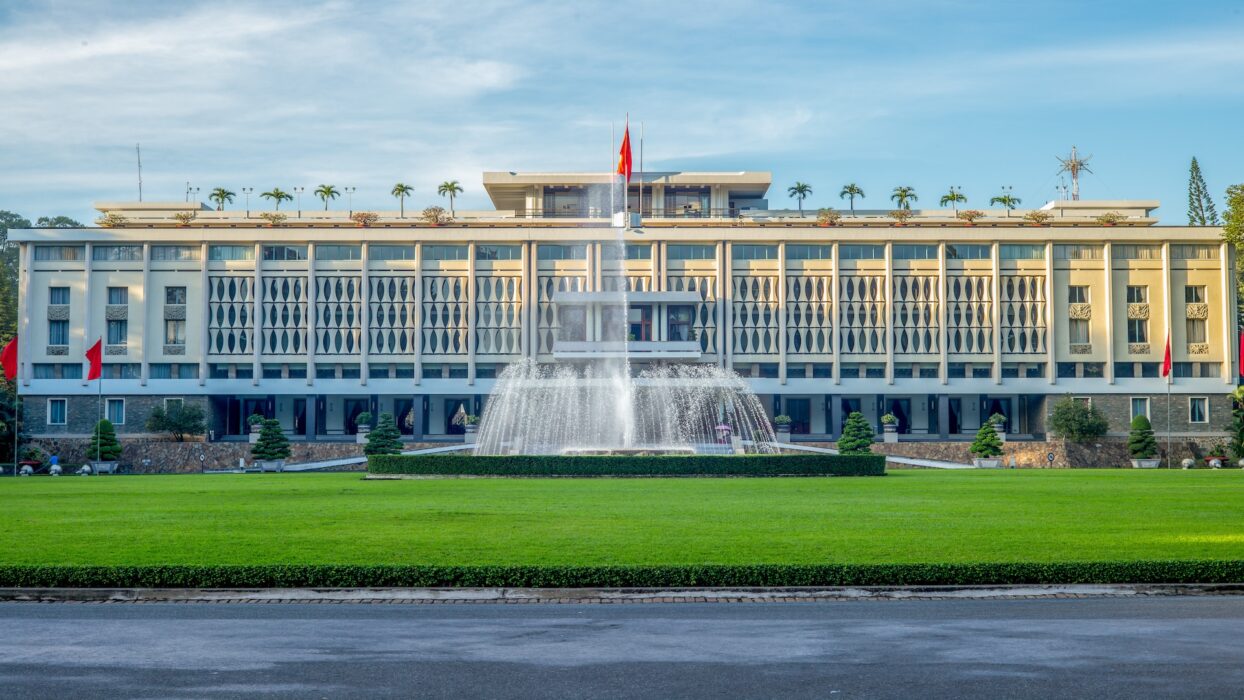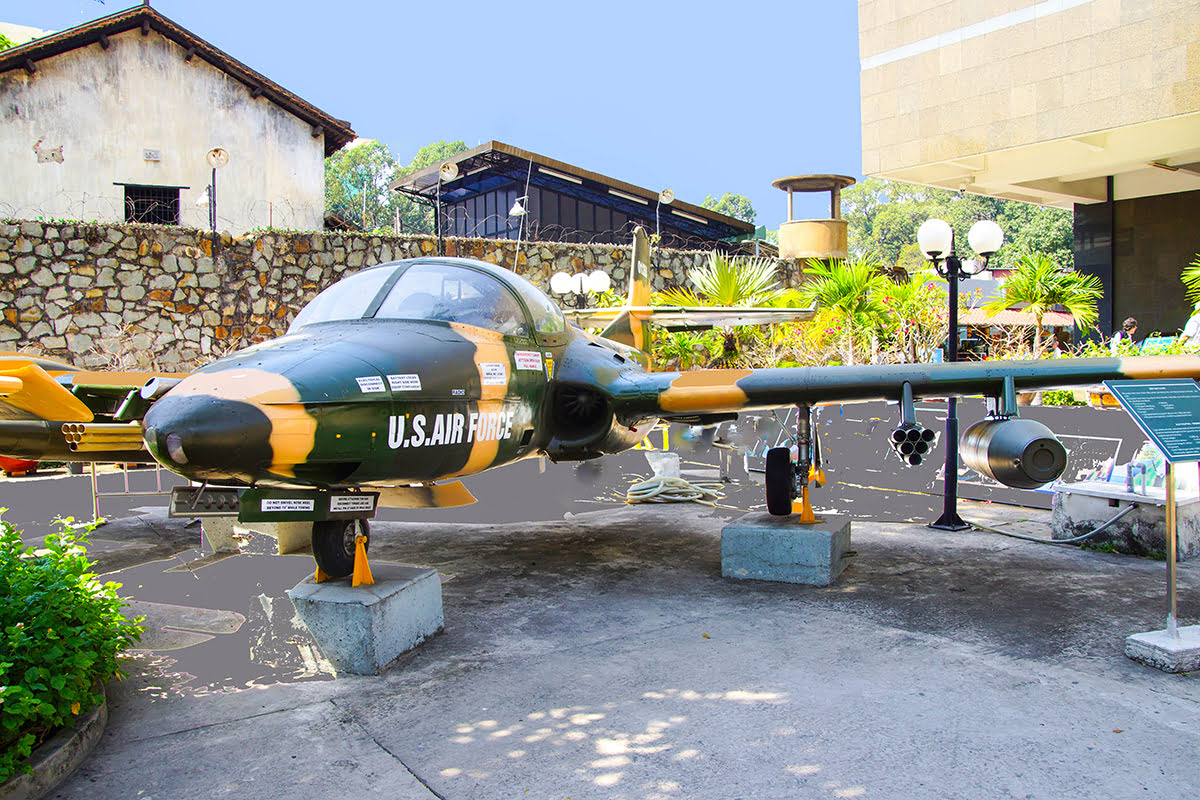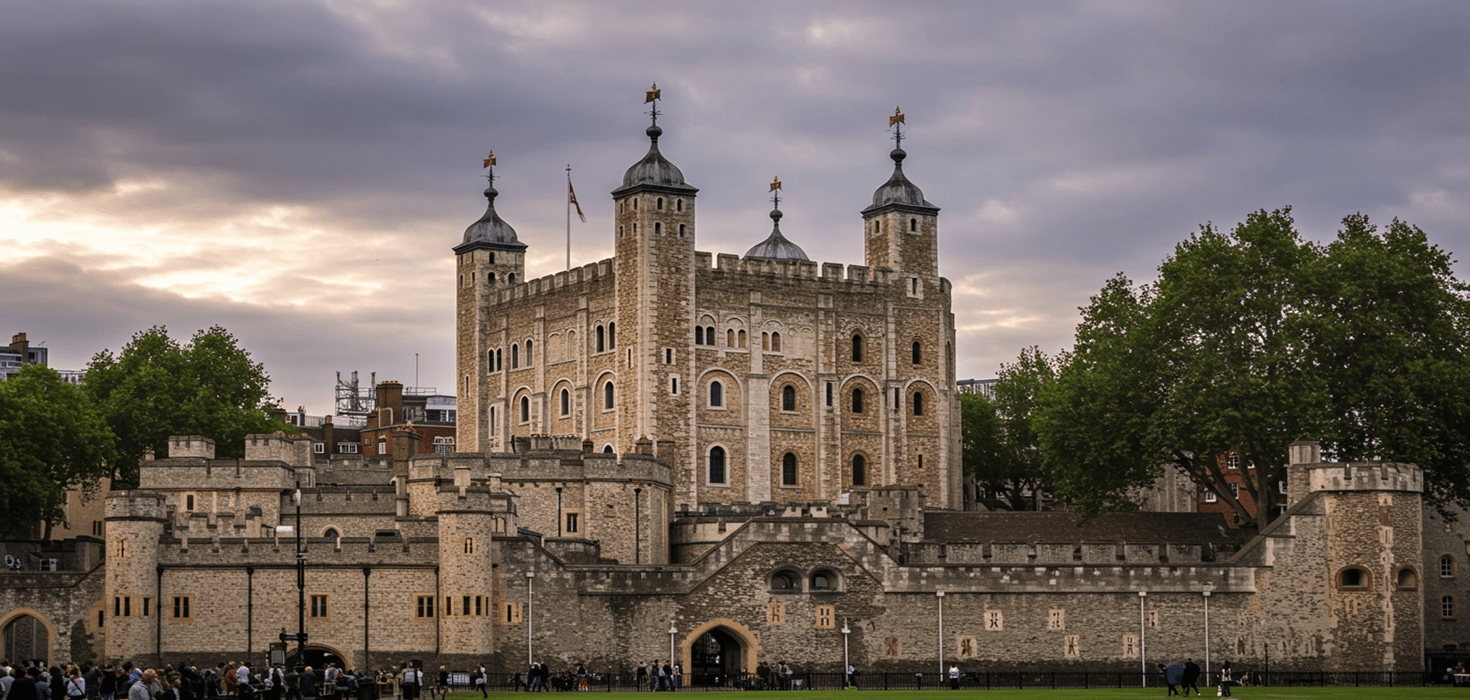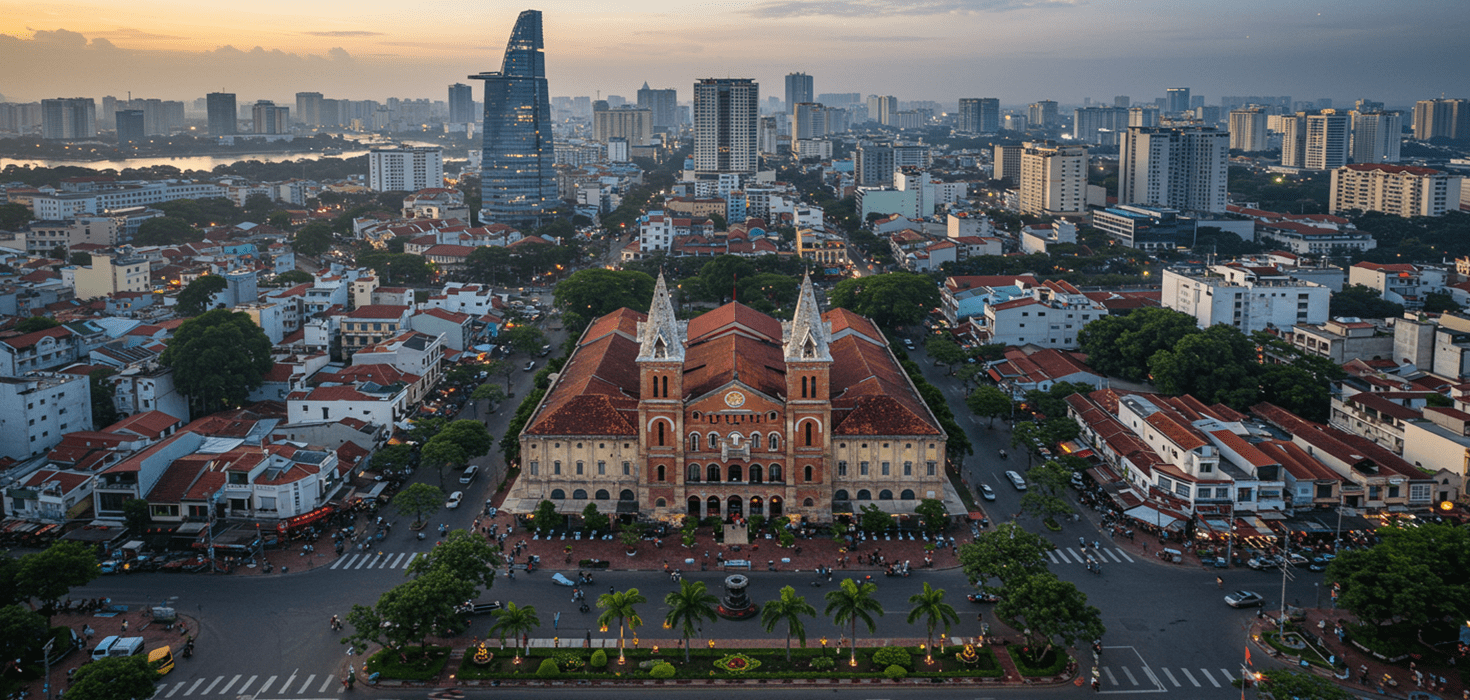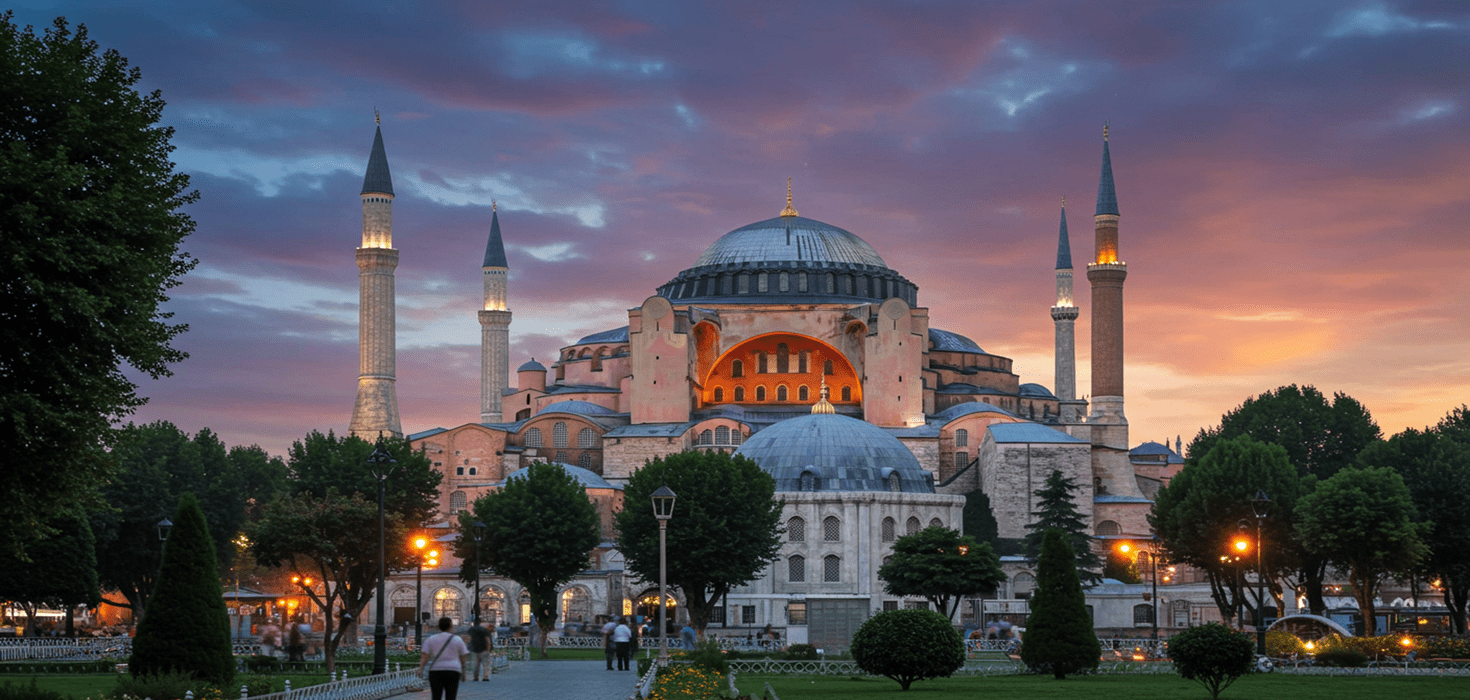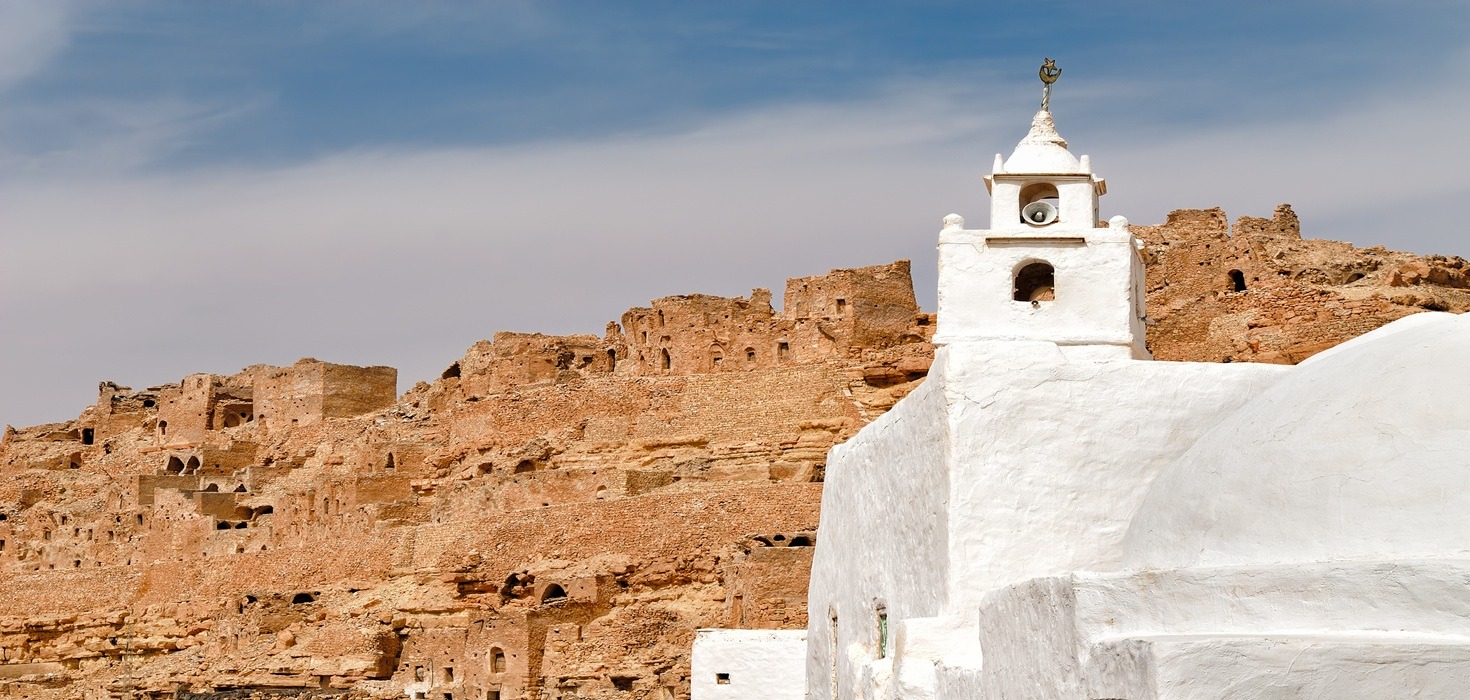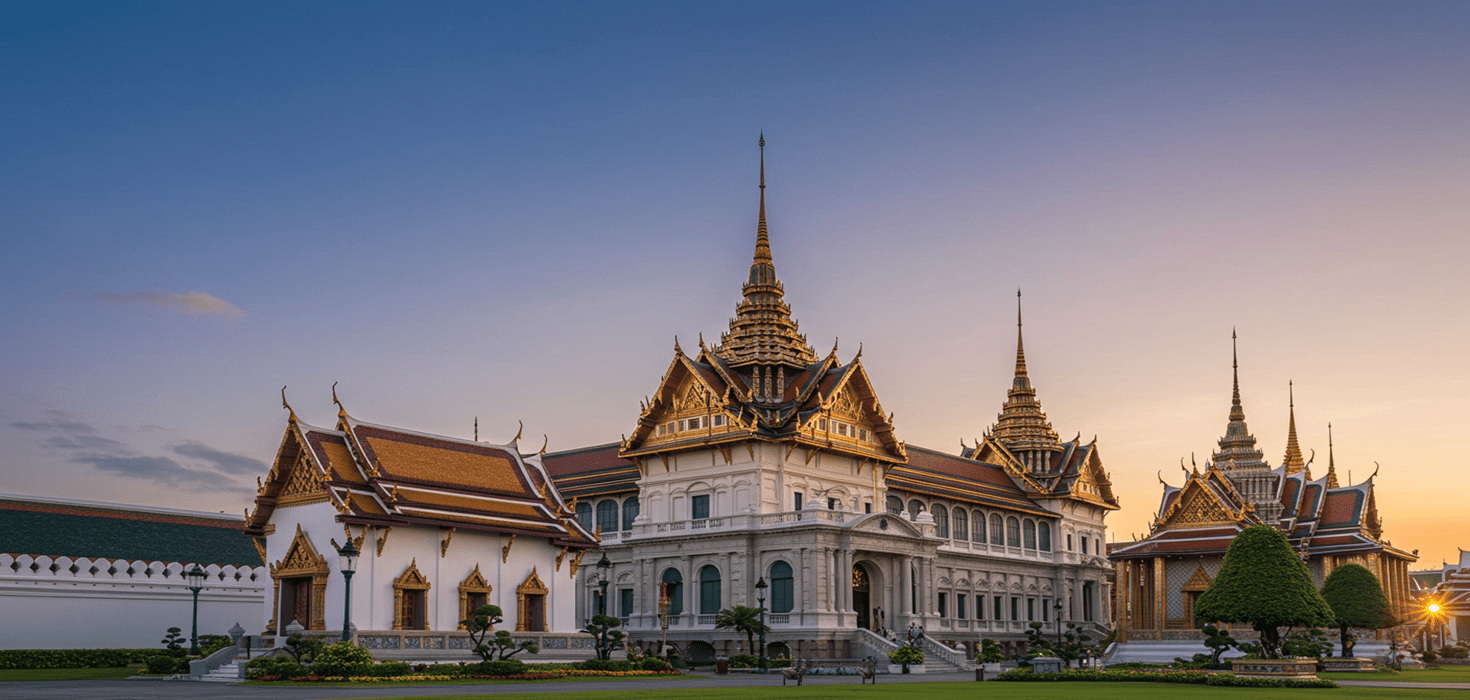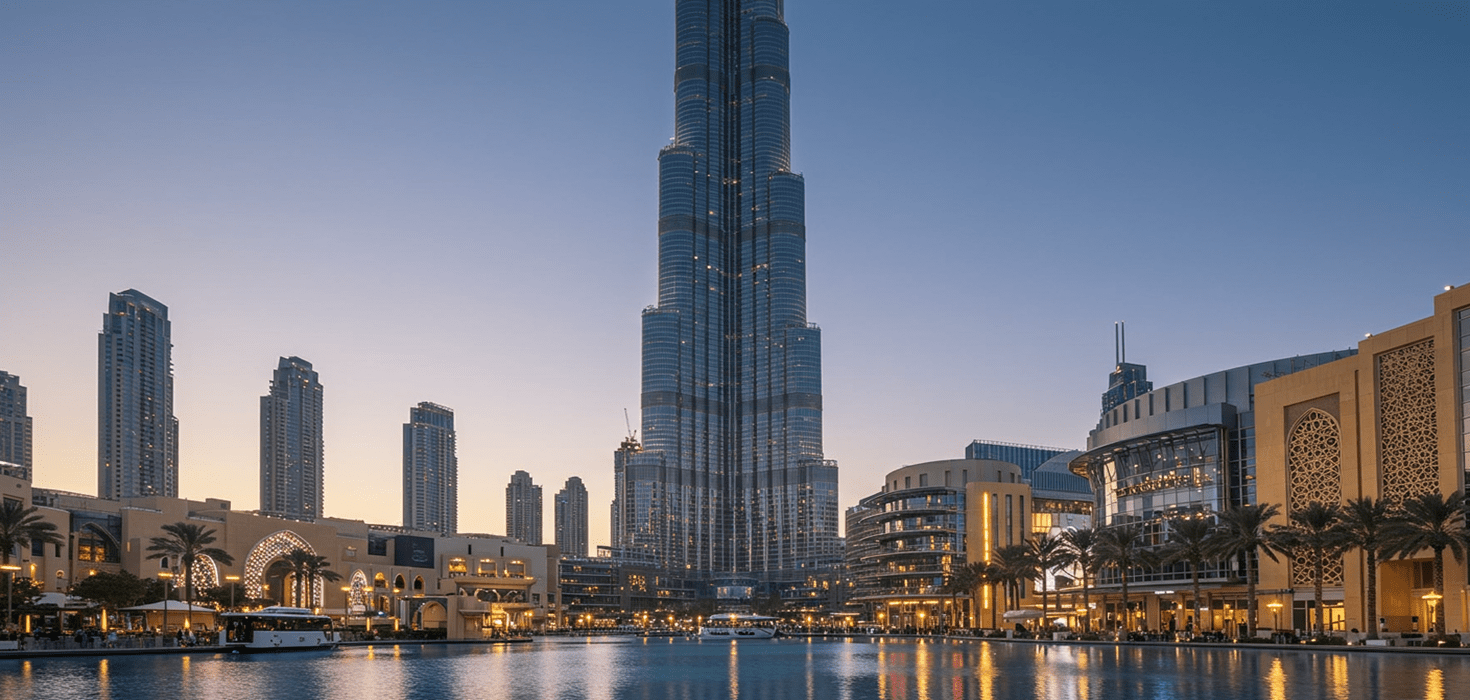Located in the heart of Ho Chi Minh City, the Independence Palace, also known as the Reunification Palace, stands as a symbol of Vietnam’s tumultuous history and enduring spirit. This article will guide you through the architectural marvel and historical significance of the Palace, drawing you into the rich tapestry of Vietnam’s past.
A Glimpse into History
The Independence Palace was built on the site of the former Norodom Palace, which was a colonial-era building used by the French governor of Cochinchina. Construction of the present structure began in 1962 and was completed in 1966. It became the home and workplace of the President of South Vietnam during the Vietnam War. The building is most famous for the dramatic end to the war on April 30, 1975, when a North Vietnamese tank crashed through its gates, symbolizing the fall of Saigon. This historic event marked the reunification of North and South Vietnam.
Architectural Wonders
The Independence Palace is an architectural gem, designed by the talented architect Ngô Viết Thụ. The building’s design reflects traditional Vietnamese culture blended with modernism, featuring open courtyards, large halls, and intricate details that provide a peaceful and sophisticated atmosphere. Notable architectural features include the banquet hall, presidential office, and the strategic command bunker in the basement.
The Banquet Hall
One of the most striking rooms within the palace, the Banquet Hall, is where official receptions and state banquets were held. Adorned with elegant decor, this room epitomizes the grandeur and importance of the palace’s function during its time as the presidential residence.
The Presidential Office
The office of the President is another significant room. It remains preserved as it was during the Vietnam War, providing a glimpse into the political framework and operations of South Vietnam’s leadership.
Exploring the Palace Grounds
The gardens and outdoor areas are equally mesmerizing. The palace grounds are expansive and meticulously maintained, featuring lush green lawns and serene lotus ponds. Wander around to enjoy a moment of tranquility amidst the bustling city.
Day-by-Day Itinerary
Day 1: Arrival and Introduction
Start your journey with a relaxing day to acclimate to the vibrant environment of Ho Chi Minh City. Check into a conveniently located hotel and take a light stroll around the nearby Ben Thanh Market to get a feel for local life.
Day 2: Historical Immersion
Dedicate this day to fully exploring the Independence Palace. Begin with a guided tour to understand the historical context and significance of each room. Spend the afternoon exploring the grounds and reflecting on the site’s history.
Day 3: Cultural Experiences
In the morning, visit the nearby War Remnants Museum to gain further insights into Vietnam’s history. In the afternoon, take a short walk to Notre-Dame Cathedral Basilica of Saigon and the Saigon Central Post Office to admire their French colonial architecture.
Day 4: Off the Beaten Path
Explore some lesser-known attractions such as Thien Hau Temple in Cholon (Chinatown), where you can immerse yourself in the local culture and history. Enjoy the vibrant street food scene and visit a traditional Vietnamese coffee shop.
Day 5: Nature and Relaxation
Spend the day at Tao Dan Park or take a day trip to the peaceful Mekong Delta to experience the natural beauty of southern Vietnam. Relax and rejuvenate before concluding your trip.
Culinary Deep Dive
Ho Chi Minh City is a culinary paradise. While exploring the Palace, make sure to try some local delicacies such as pho, banh mi, and fresh spring rolls. Nearby, you can find restaurants that serve traditional Vietnamese meals. Don’t miss out on trying local coffee, which is a unique blend of strong brew with sweetened condensed milk.
Festivals and Events Coverage
Ho Chi Minh City hosts numerous festivals and events year-round. Tet, the Vietnamese Lunar New Year, is the most significant celebration. During Tet, the city is adorned with vibrant decorations, and the Palace grounds often feature special exhibits and cultural performances.
Practical Information for Travelers
Opening Hours: The Independence Palace is open daily from 8:00 AM to 3:30 PM.
Address: 135 Nam Ky Khoi Nghia Street, District 1, Ho Chi Minh City, Vietnam
Entrance Fee: The entrance fee for adults is approximately VND 40,000 (subject to change).
How to Get There: The Palace is centrally located and easily accessible by taxi, bus, or motorbike. It’s also within walking distance from many hotels in the city center.
Sustainability and Conservation Focus
Efforts are being made to preserve the Independence Palace’s historical and architectural integrity. Visitors are encouraged to respect the site by not littering, staying on designated paths, and treating exhibits with care. Engaging in guided tours also ensures that you gain a deeper appreciation while supporting preservation efforts.
The Independence Palace stands as a poignant symbol of Vietnam’s history and culture. A visit here is not just a tour of an architectural marvel but an immersive experience into the events that shaped the nation. Whether you’re a history buff, an architecture enthusiast, or simply a curious traveler, the Independence Palace offers an enriching journey that will leave a lasting impression.

